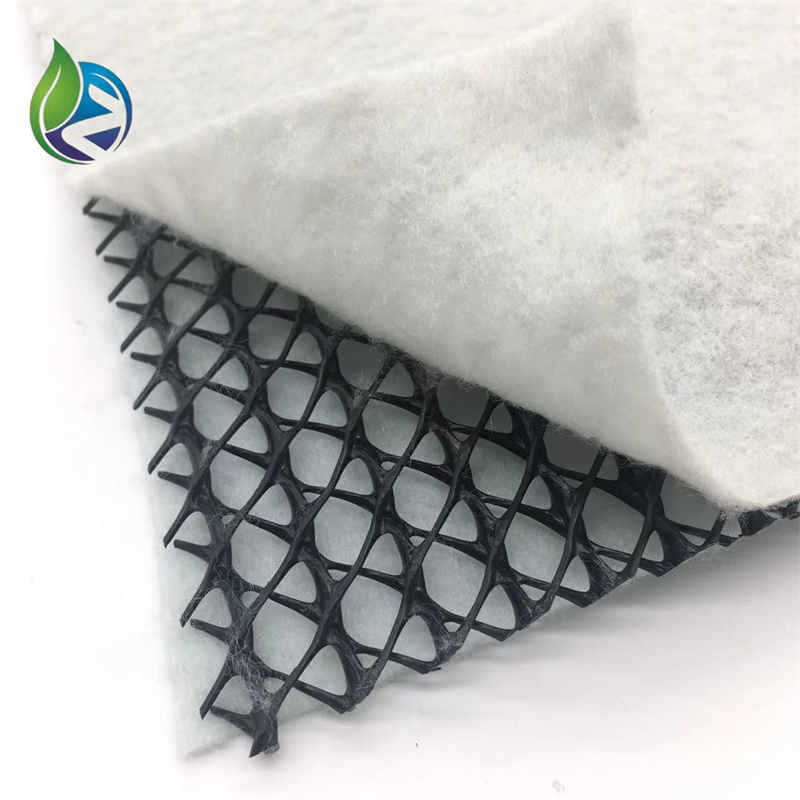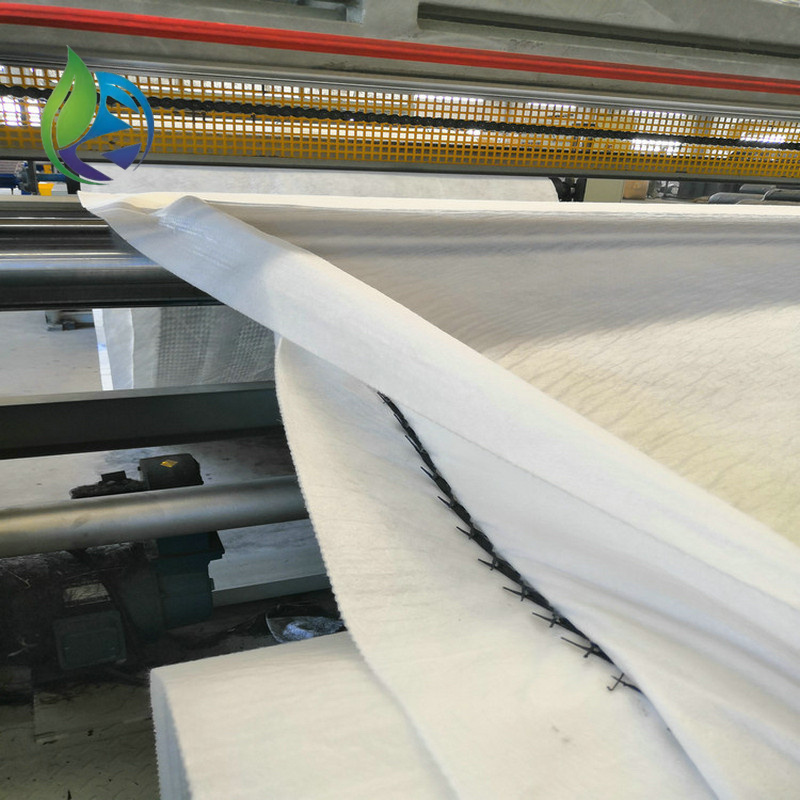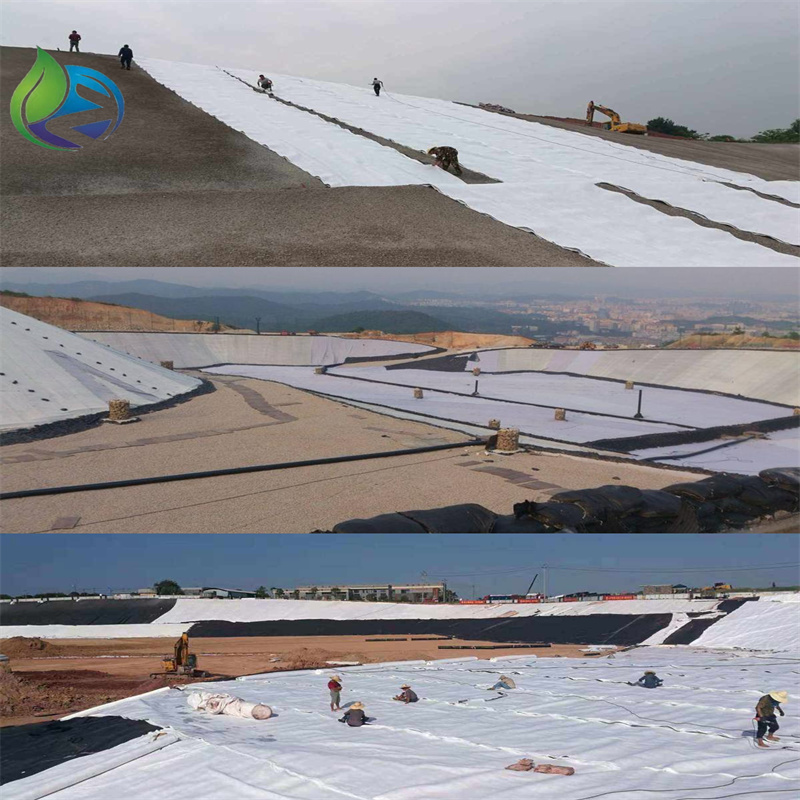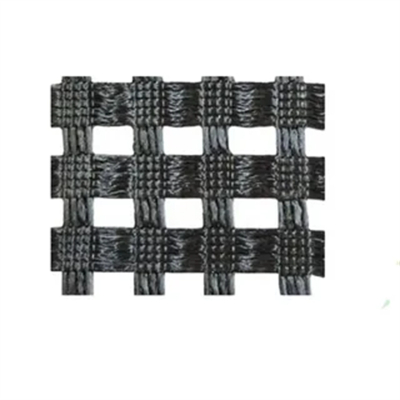What are the advantages of three-dimensional composite drainage network in practical applications?
What Are the Advantages of Three-Dimensional Composite Drainage Network in Practical Applications?
In modern engineering and construction, managing subsurface water is critical to maintaining structural stability and prolonging the lifespan of infrastructures. One of the most effective solutions today is the three-dimensional composite drainage network. This innovative material offers superior performance compared to traditional drainage methods. In this article, we will explore the key advantages of the three-dimensional composite drainage network in practical applications and why it is rapidly becoming the first choice for engineers worldwide.
What is a Three-Dimensional Composite Drainage Network?
A three-dimensional composite drainage network is a new type of geosynthetic material designed specifically for efficient water drainage and soil filtration. It typically consists of a three-layered structure: a high-density polyethylene (HDPE) core with a wavy or net-like pattern, sandwiched between two layers of geotextile fabric.
This unique design of the three-dimensional composite drainage network ensures excellent water flow capacity, high compressive strength, and superior filtration performance. Its combination of strength and functionality makes it ideal for applications in landfill sites, tunnels, retaining walls, roads, and green roofs.
Key Advantages of Three-Dimensional Composite Drainage Network
The three-dimensional composite drainage network offers numerous advantages that make it superior to traditional drainage systems:
1. Excellent Drainage Capacity
The internal structure of the three-dimensional composite drainage network provides continuous water channels, ensuring rapid and efficient drainage. Even under high pressure, the drainage performance remains stable, making it ideal for demanding engineering projects.
2. High Compressive Strength
Thanks to its specially engineered three-dimensional core, the three-dimensional composite drainage network can withstand heavy loads without deformation. This property makes it suitable for deep burial applications, such as highway and tunnel drainage systems.
3. Effective Filtration and Separation
The geotextile layers of the three-dimensional composite drainage network act as a filtration system, preventing soil particles from entering the drainage core while allowing water to pass through freely. This maintains the drainage function and prevents clogging over time.
4. Durability and Chemical Resistance
Manufactured from high-quality HDPE, the three-dimensional composite drainage network is resistant to chemicals, aging, and biological degradation. This ensures a long service life even in harsh environmental conditions.
5. Easy Installation and Cost Savings
The lightweight and flexible nature of the three-dimensional composite drainage network simplifies transportation and installation. Fewer materials and labor are needed compared to traditional gravel drainage systems, resulting in significant cost savings.
6. Environmental Benefits
Using a three-dimensional composite drainage network reduces the need for natural gravel, preserving natural resources and minimizing environmental impact. Its efficient water management also helps prevent soil erosion and promotes sustainable development.
Practical Applications of Three-Dimensional Composite Drainage Network
Thanks to its many advantages, the three-dimensional composite drainage network is widely used across various fields:
Landfill Drainage Systems: Ensures rapid leachate removal and extends the lifespan of landfill sites.
Tunnel Drainage: Prevents water accumulation behind tunnel linings, ensuring structural safety.
Road and Highway Drainage: Improves roadbed stability by efficiently draining subsurface water.
Retaining Wall Drainage: Reduces hydrostatic pressure behind walls, enhancing stability.
Green Roof Systems: Manages excess rainwater, supporting healthy vegetation and preventing root rot.
Sports Fields and Golf Courses: Provides consistent drainage, keeping surfaces playable in wet conditions.
Each application demonstrates the critical role that the three-dimensional composite drainage network plays in modern infrastructure and environmental protection.
Future Trends: Why the Three-Dimensional Composite Drainage Network is Essential
As infrastructure projects face increasing demands for durability, sustainability, and cost-efficiency, the three-dimensional composite drainage network is becoming a standard material. Advances in geosynthetic technology continue to enhance the performance and eco-friendliness of three-dimensional composite drainage networks, ensuring they remain a key component in future engineering solutions.
Municipalities, contractors, and developers are adopting the three-dimensional composite drainage network to meet higher regulatory standards for environmental protection and long-term project reliability.
Conclusion
The three-dimensional composite drainage network is transforming the way modern construction projects manage water and soil stability. With its outstanding drainage capacity, high compressive strength, filtration efficiency, durability, and environmental advantages, the three-dimensional composite drainage network stands out as an essential material for a wide range of practical applications.
Choosing the three-dimensional composite drainage network is not only a smart engineering decision but also a step towards sustainable and resilient infrastructure development.







